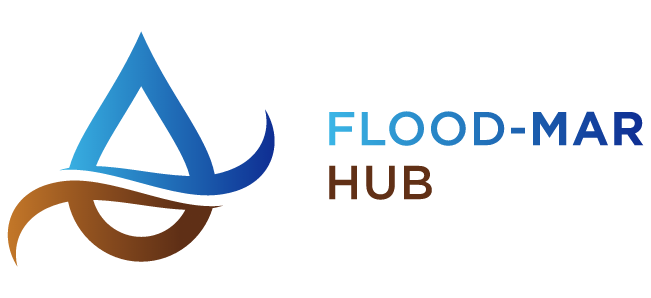Merced River Flood-MAR Reconnaissance Study Technical Memorandum 1 Plan of Study – Draft
DWR, in partnership with the Merced Irrigation District (MID), is conducting a preliminary study using flood waters for managed aquifer recharge that can reduce flood risk, increase surface and groundwater supply reliability, and enhance ecosystems in the Merced River Basin. This Merced River Reconnaissance Study (study) is exploring the potential, feasibility, and effectiveness of Flood-MAR concepts, testing theories, and assessing strategies in overcoming barriers and challenges to project planning and implementation. The study will assess current conditions of the Merced River watershed and the vulnerability of these watershed management characteristics to a range of potential climate change futures. The study will also describe the public and private benefits that may be achieved through Flood-MAR strategies and quantify a range of benefits that Flood-MAR could provide in or adjacent to the Merced River watershed.

